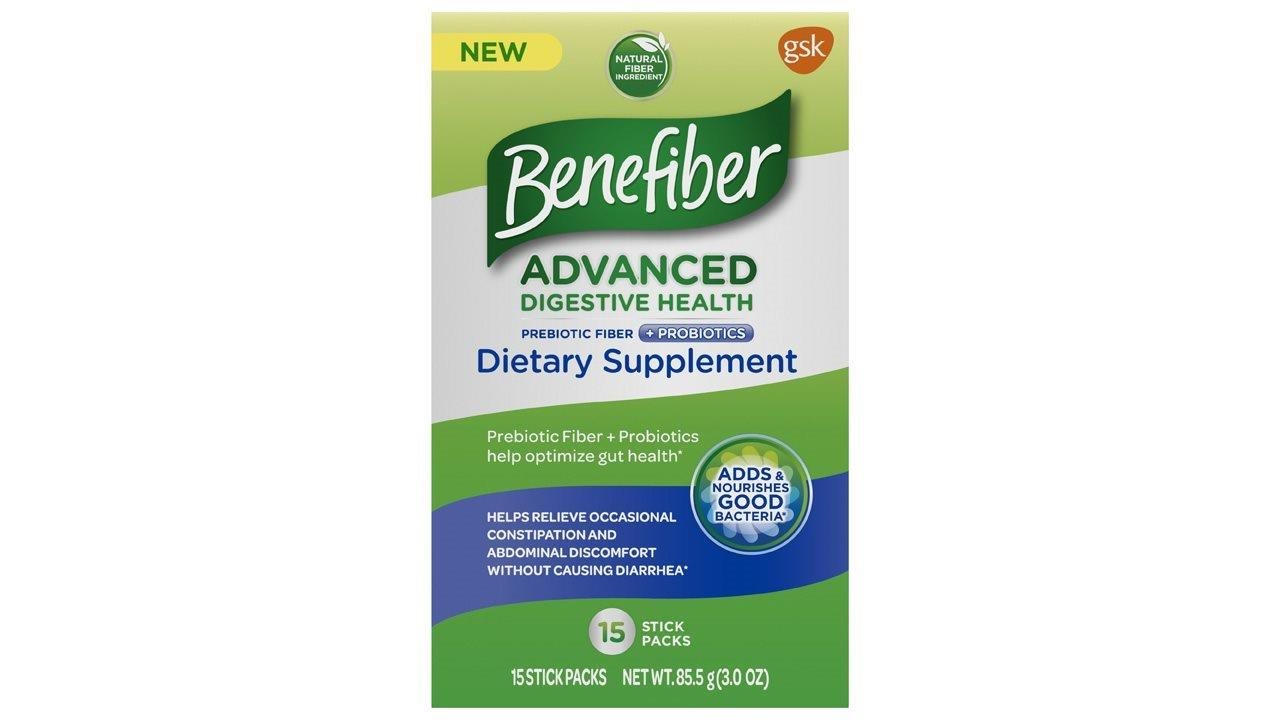2022-08-22T09:01:00
(BPT) – Your home should be a sanctuary to take refuge from the world, relax and recharge. However, keeping a home clean and tidy can be difficult when life gets busy, especially when transitioning from summer activities and resuming back-to-school schedules.
Now that kids are back in the classrooms and fall and winter gatherings are on the horizon, many homeowners choose to refresh their living space with a deep clean. With Professional House Cleaners Day approaching on Sept. 17, it may be the perfect time to consider hiring a professional house cleaner to do the heavy lifting and deep cleaning for you.
If you’ve never hired a professional cleaner, it can seem daunting to find the right one. Melissa Homer, chief cleaning officer at MaidPro — a Boston-based franchisor of house cleaning services — has trained many MaidPro PROs and knows what makes a great house cleaner. Check out Homer’s top four questions homeowners should ask when interviewing potential cleaners.
1. How many hours will it take to clean my home?
A professional house cleaner should know how long it will take to clean an area or at least give a good faith estimate based on the size of your home. Homer says that if a potential house cleaner gives a vague response or just restates the price, run. This kind of response usually means that the cleaner plans to stay for a while initially and then trim cleaning sessions shorter and shorter to crank up their profitability once you’ve stopped paying attention. Homer shares that PROs are trained on clear communication so that homeowners and house cleaners are always on the same page.
2. How do you manage cross-contamination between rooms and customers’ homes?
How would you feel if you found out that the rag used to wipe your counter was used beforehand to clean your toilet? This kind of cross-contamination is easy to prevent if a house cleaner has a plan in place. If you ask a house cleaner this question and they stumble or cannot give a detailed answer, this is a red flag. Look for PROs with separate bags of rags, a color-coded system to keep bathroom scrubbers off the kitchen counter or at the very least separate supplies for each home they clean that day.
3. Do you rotate items, or do you clean everything each time, and is there a list of what you clean?
Homer says it’s essential to be on the same page with your house cleaner about the level of cleanliness to expect during each session. Some house cleaners may try to cut their cleaning time short by rotating items, which means they likely won’t remember to clean them until they’re visibly gross. Be sure to make a list of what you would like cleaned and review that list together. Homer points out that PROs tackle this with a comprehensive list in hand and always consult with clients to determine if any other areas need to be added.
4. How will you ensure my cleaning is handled if you are out sick or I have to change my schedule unexpectedly, and someone else needs to cover for you?
Emergencies happen, but a professional house cleaner should have a plan in place in case they can’t attend to your home and need to hand off the work to someone else. Homer says that if a house cleaner dodges the question, it’s best to move on to another potential hire.
It’s unrealistic to expect a house cleaner to remember the details of each client’s home. If they are sick or injured, an electronic record of client account notes and each client’s preferences ensures that even if someone else needs to cover, your home will be cleaned to your expectations every time.
A deep home cleaning is a process that is as emotional as it is functional, providing deeper stress relief and relaxation. While these four key questions help identify seasoned housekeepers, selecting a trusted, professional service provider offers peace of mind by offering reputable, reliable services while allowing you to effortlessly maintain an orderly, tranquil sanctuary. To learn more about MaidPro’s commitment to house cleaning and find a PRO to deep clean your home this fall, visit MaidPro.com.










